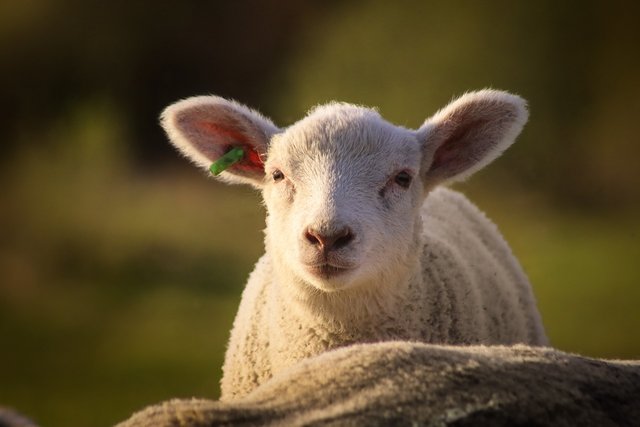SHEEP AS A SYMBOL OF HUMILITY
Through history, animals have often been used as symbols to represent human qualities. Among these, the sheep stands out as a symbol of humility amongst cultures, religions, and art. Its gentle nature, and dependence on guidance have made it an emblem of meekness and modesty. From religious practices to cultural traditions, the sheep is a representation of humility which depicts deep spiritual and moral meanings.

The Nature of Sheep
Sheep are known for their quietness, and oneness instincts. Unlike many animals, they do not display aggression or dominance, often preferring to stay within the fold of a shepherd for guidance and protection, aligns with the human virtue of humility, where one accepts their limitations and is open to guidance and learning from others.
Sheep’s communal behavior also reflects the idea of humility within a group. They do not seek individual recognition or stand out; rather, they move together in harmony. This aspect of their nature symbolizes humility in human society, where strength often comes from unity and the willingness to put the needs of the group ahead of personal ambitions.
Sheep in Religious Setting
In Christianity, the sheep as an animal is central to the teachings of humility, dependence, and faith. The Bible frequently refers to humans as sheep, referencing Psalm 23, “The Lord is my shepherd, I shall not want.” This popular verse brings out the idea of humility through submission to a higher authority, where believers recognize their need for divine instruction and guidance.
Jesus is also referred to as the “Lamb of God,” connoting innocence, sacrifice, and humility. The lamb’s willingness to be sacrificed for the greater glory is a notable symbol of ultimate humility.
I’m Christianity, Jesus is often depicted as a shepherd, tending to his flock, possessing qualities of care, leadership, and protection.
Sheep in Culture
Sheep have appeared in many cultural narratives, particularly in fables and stories that carry moral lessons. In Aesop’s fables, sheep often appear as innocent, mild characters who are susceptible to trickery, symbolizing how humility can sometimes leave one vulnerable to exploitation. These stories emphasize the importance of maintaining humility while also being wise and discerning.
In contrast, modern language sometimes casts sheep in a negative light, such as in the phrase “following like sheep,” which implies blind conformity. Yet, when viewed through the lens of humility, this behavior can also reflect trust in the collective and a willingness to follow leadership rather than always seeking personal power. It shows how humility can allow people to work together for the common goal.
Conclusion,
Humility, as represented by sheep, is also about balance. While sheep rely on their shepherd, they also work together within their flock, showing that humility involves knowing when to depend on others and when to contribute to the fold. In a world that often prioritizes personal success, the sheep offers a powerful reminder of the importance of modesty, collective effort, and the quiet strength that comes from being humble.
Sheep teaches us that humility is not weakness but strength.
Thanks @suboohi for this amazing contest,
I want to invite my friends
- @adachukwu
- @ngozi996 and
- @jovita30 to participate